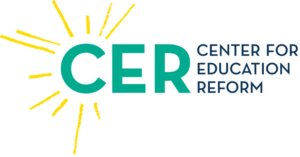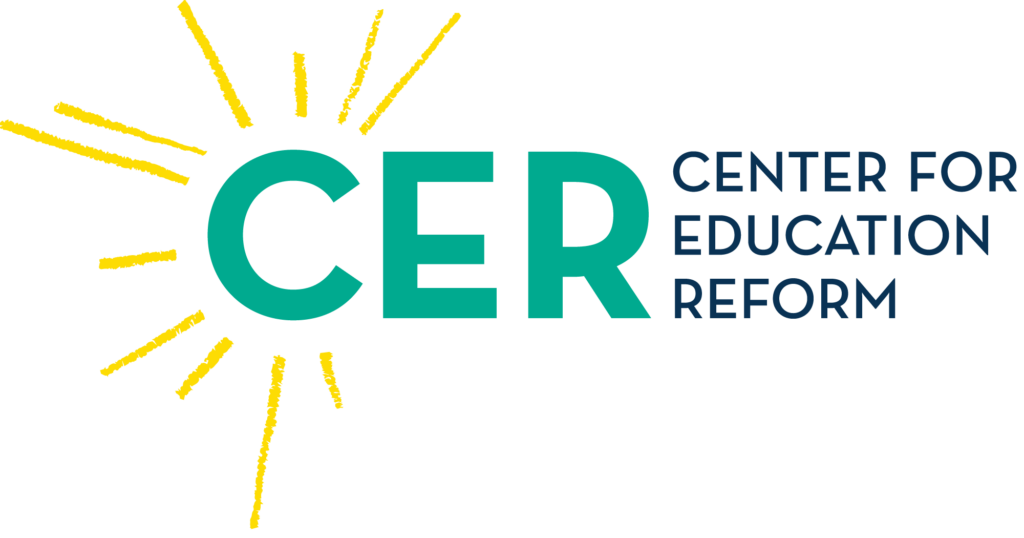
By Jeanne Allen

As the school year ends, many parents are breathing a sigh of relief—but they also have some critical homework of their own. America’s education system is in crisis—one that transcends test scores and headlines. It’s a slow-burning, systemic failure impacting not only students but business and industry, robbing millions of students of opportunity and taxpayers of trust. With all the money we spend, why aren’t our kids learning?
Consider this: Governments at all levels spend over $850 billion annually on K–12 education—averaging more than $16,000 per student, and exceeding $29,000 in places like New York and Washington, D.C, according to the U.S. Census Bureau. Yet the most recent National Assessment of Educational Progress (NAEP) reveals that 69% of eighth graders are not proficient in reading, and 73% are not proficient in math. These poor results are not new. They have persisted through pre-pandemic years, despite record-high spending. If this were any other public service, there would be outrage. Instead, families are met with shrugs and excuses.
The excuses range from COVID-era learning loss to a lack of funding. But these rationalizations collapse under scrutiny. Student performance has been flat or declining since 2013, and pandemic relief funds—totaling more than $190 billion—barely moved the needle. That money is now gone, and districts are facing a fiscal cliff after investing in one-time fixes instead of systemic improvements. It was irresponsible spending with no accountability—and families know it
Fortunately, parents are no longer waiting for top-down solutions. They are driving a movement for education freedom—a shift toward a future where learning is personalized, innovative, and accountable to the people it serves. That’s what the Center for Education Reform’s 2025 Parent Power! Index reveals. It’s not a measure of school choice alone; it’s a roadmap of how well states empower parents through access to options, meaningful funding portability, and a culture of transparency and innovation.
In states like Texas, Iowa, Indiana, and Arkansas, recent legislation has transformed the landscape. Texas jumped 15 spots in this year’s Index after launching the largest day-one Education Savings Account (ESA) program in the country. Iowa made ESAs universal and expanded its charter school sector. Indiana enacted new policies to ensure charter schools receive equitable funding, helping it rank third nationally. Arkansas expanded its ESA program to provide universal eligibility, moving it into the top 10. These states didn’t just talk about parent power—they backed it with laws that let funding follow the student and gave families the freedom to choose.

